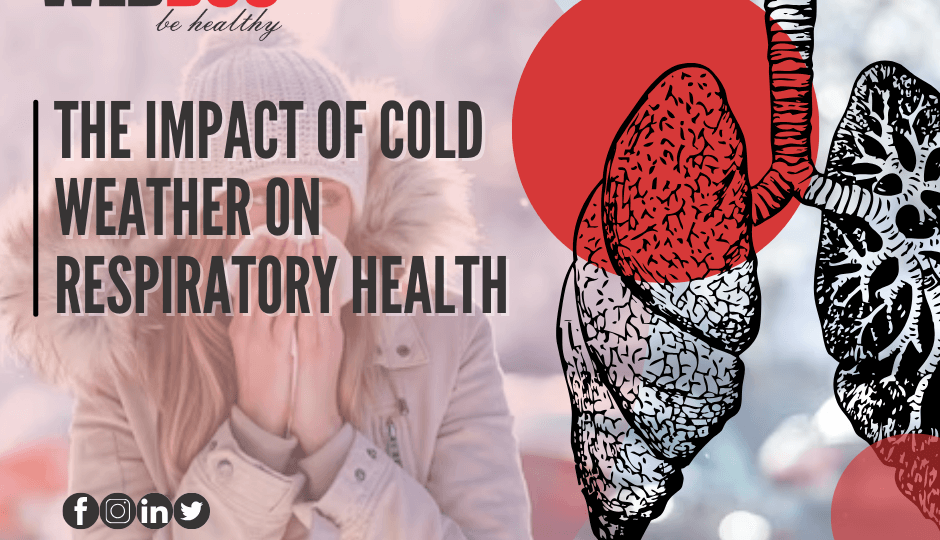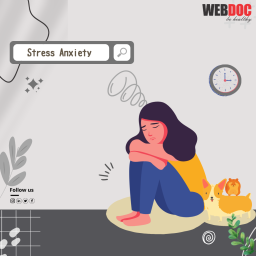
Introduction
Cold weather can bring about a variety of changes in our daily lives, from wardrobe choices to outdoor activities. However, one aspect often overlooked is its potential impact on respiratory health. As temperatures drop, individuals may experience an increased susceptibility to respiratory illnesses. This article explores the relationship between cold weather and respiratory health, shedding light on the factors contributing to this association and offering practical tips for maintaining lung health during the chilly seasons.
Dry and Irritating Air:
Cold weather is often accompanied by low humidity levels, resulting in dry air. This dryness can irritate the respiratory tract, leading to discomfort and making individuals more susceptible to infections. Dry air may also trigger or exacerbate existing respiratory conditions such as asthma or chronic bronchitis.
Viral Infections:
Cold weather is notorious for harboring various respiratory viruses, including the flu and common cold viruses. The lower temperatures and increased time spent indoors create environments conducive to the spread of these infections. Moreover, the dry air mentioned earlier can weaken the body’s defense mechanisms in the respiratory tract, making it easier for viruses to take hold.
Constriction of Airways:
Exposure to cold air can cause the airways to constrict, particularly in individuals with asthma. This constriction can result in symptoms like wheezing, shortness of breath, and chest tightness. People with pre-existing respiratory conditions need to be especially vigilant during colder months to manage and prevent exacerbations.
Indoor Air Quality:
Spending more time indoors during cold weather may expose individuals to indoor air pollutants. Poor indoor air quality, coupled with inadequate ventilation, can contribute to respiratory problems. Common indoor pollutants include mold, dust mites, and pet dander, all of which can trigger allergies and exacerbate respiratory conditions.
Preventive Measures:
To mitigate the impact of cold weather on respiratory health, individuals can take several preventive measures:
- Stay warm and dress in layers to protect against the cold.
- Use a humidifier to add moisture to indoor air and prevent excessive dryness.
- Practice good hand hygiene to reduce the risk of viral infections.
- Ensure proper ventilation in indoor spaces to improve air quality.
- Receive vaccinations, such as the flu shot, to protect against seasonal viruses.
- Seeking Medical Attention:
It’s crucial to recognize the signs of respiratory distress and seek medical attention promptly. Symptoms such as persistent cough, difficulty breathing, or chest pain should not be ignored, especially in individuals with pre-existing respiratory conditions. Early intervention can prevent the escalation of respiratory illnesses.
Conclusion
Cold weather undeniably plays a role in influencing respiratory health, whether through dry air, viral infections, or other environmental factors. By being aware of these dynamics and taking proactive measures, individuals can safeguard their respiratory well-being during the colder months. Prioritizing preventive actions and seeking timely medical attention when needed will contribute to a healthier respiratory system even in the face of chilly weather.
















